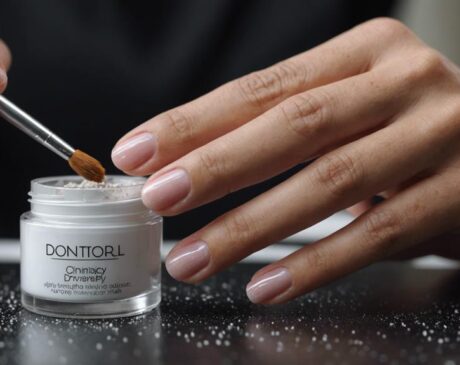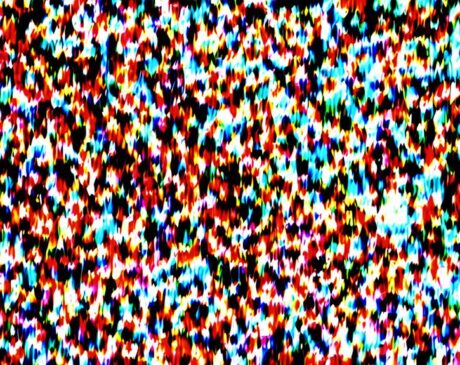Which Is Better for Gel Nails UV or Led?
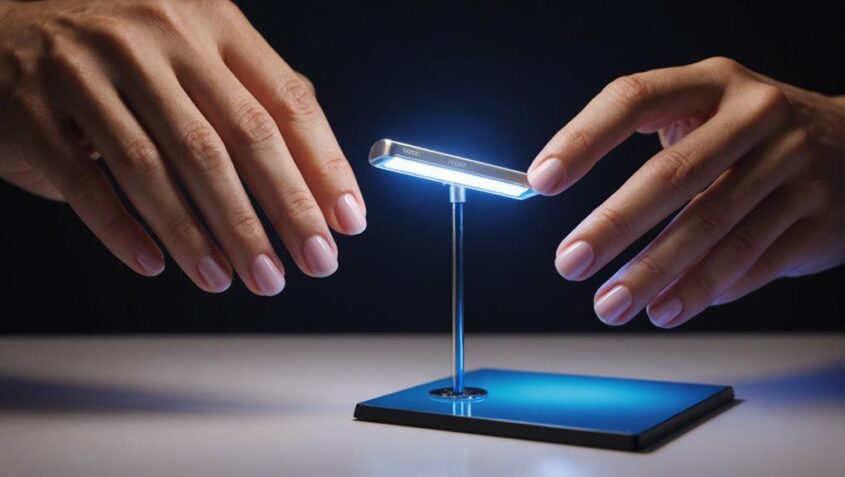
For gel nails, LED lights are preferred over UV lights. LED lights are energy-efficient, curing nails faster with no warm-up time. They emit specific wavelengths matching gel polish's absorption spectrum, making them safer for users. UV lights, while faster, pose potential skin damage risks due to the wider range of rays emitted. Both options have their advantages, with LED lights being longer-lasting and creating a strong bond with natural nails. Consider health, safety, cost, and environmental impact when choosing between UV and LED lights. Opting for LED lights may offer an overall better experience for gel nail applications.
Key Takeaways
- LED lights cure gel nails faster and more efficiently.
- LED lights are safer for users due to minimal UVC radiation.
- LED lights have a longer lifespan and require less maintenance.
- LED lights are more energy-efficient and cost-effective over time.
- LED lights have a lower environmental impact and are mercury-free.
UV Vs Led: What's the Difference?
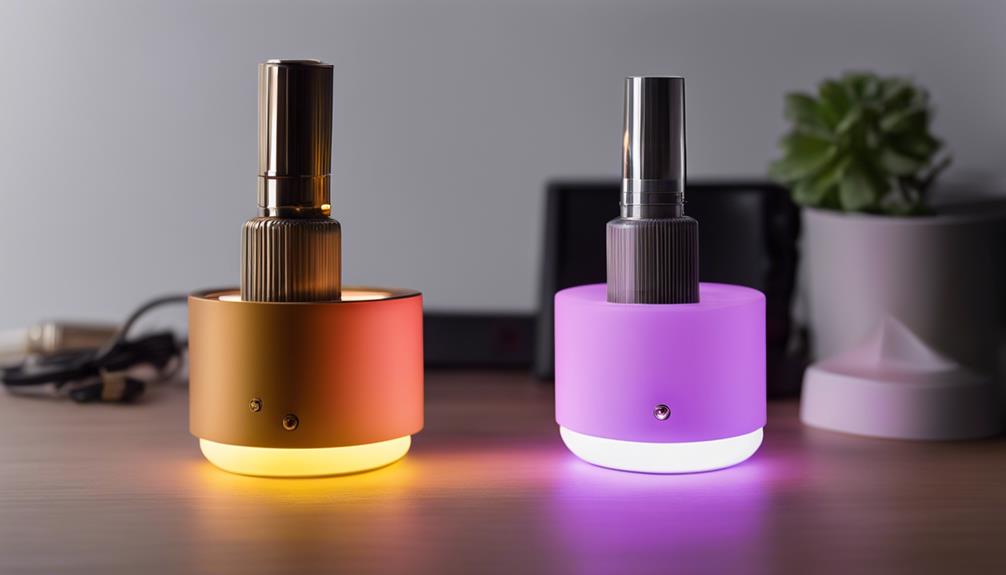
When comparing UV and LED lights for gel nails, the fundamental difference lies in the type of light wavelength each emits. UV lights produce a broader spectrum of light wavelengths, including UVA and UVB rays, which are known to have potential skin-damaging effects with prolonged exposure. On the other hand, LED lights emit a narrower spectrum of light, primarily focused on a specific wavelength that is required to cure the gel nails efficiently.
LED lights are considered more energy-efficient and longer-lasting compared to UV lights. They also tend to cure gel nails faster, reducing the overall manicure time. Additionally, LED lights do not require any warm-up time and are ready to use instantly, making them more convenient for both professional salons and at-home users.
In terms of innovation, LED technology continues to advance rapidly, leading to even more efficient and powerful LED lights for curing gel nails. This ongoing progress makes LED lights a popular choice for those seeking the latest advancements in nail care technology.
Wavelength Comparison: UV Vs LED
When comparing UV and LED lights for gel nail curing, one crucial aspect to examine is the differences in their light spectrums. Understanding how these lights emit wavelengths can impact the curing process and the overall quality of the gel nails. Additionally, variations in curing times between UV and LED lights should be considered when choosing the ideal option for achieving the desired results.
Light Spectrum Differences
Comparing the light spectrum differences between UV and LED lights reveals distinct characteristics that impact their effectiveness in curing gel nails. UV lights emit a broad spectrum of ultraviolet wavelengths, primarily UVA and UVB, which penetrate the gel layers deeply, ensuring thorough curing. However, they also emit some harmful UVC rays. On the other hand, LED lights produce a narrower spectrum, focusing on a specific wavelength range, typically around 400-410nm. This targeted light is more efficient in curing gel nails as it matches the absorption spectrum of the photoinitiators in the gel polish. LED lights are also safer as they emit little to no UVC radiation, making them a more innovative and user-friendly choice for gel nail curing.
Curing Time Variations
In evaluating the curing time variations between UV and LED lights for gel nails, an essential consideration lies in the distinctive wavelengths each light source emits. UV lights typically have a broader wavelength range, including UVA and UVB rays, which can lead to faster curing times but may also pose potential skin damage risks. On the other hand, LED lights emit a narrower spectrum of light focused on the UVA range, resulting in slightly longer curing times but with reduced heat exposure and lower energy consumption. The specific wavelengths emitted by UV and LED lights directly impact the photoinitiators in gel nail products, affecting the polymerization process and, consequently, the curing time required for optimal results. Understanding these wavelength differences is crucial for achieving efficient and safe gel nail applications.
Curing Time: UV Vs LED
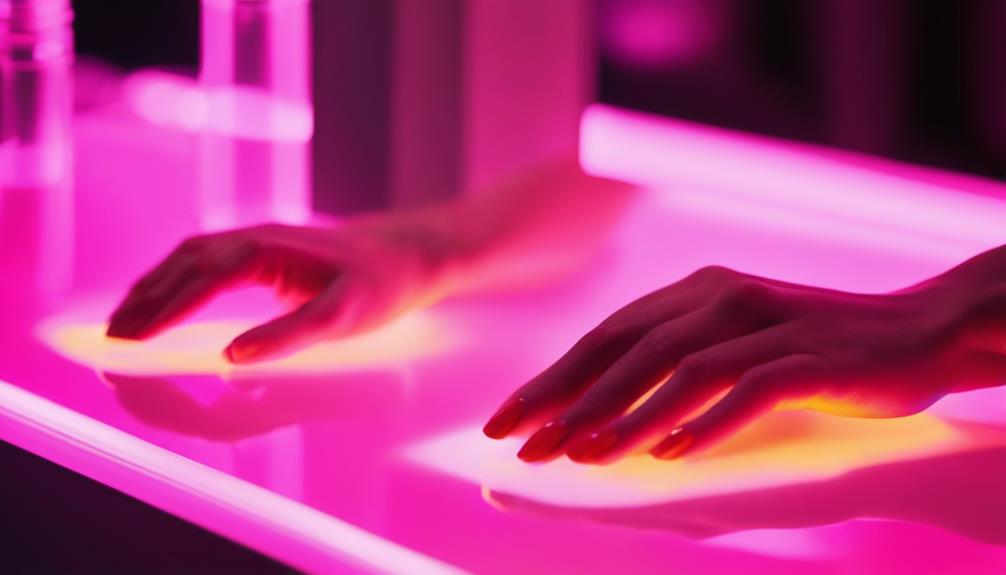
UV and LED nail lamps differ significantly in their curing times for gel nails. UV lamps typically take longer to cure gel nails, ranging from 2 to 3 minutes per coat, while LED lamps can cure gel nails in 30 to 60 seconds per coat. This significant difference in curing times can be a crucial factor for both nail technicians and clients looking for a quick and efficient nail service.
To showcase the variance in curing times between UV and LED nail lamps, consider the following comparison table:
| UV Nail Lamp | LED Nail Lamp | |
|---|---|---|
| Curing Time | 2-3 minutes | 30-60 seconds |
| Energy Efficiency | Lower | Higher |
| Lifespan | Shorter | Longer |
| Initial Cost | Lower | Higher |
| Maintenance | More | Less |
As seen in the table, LED nail lamps offer faster curing times, higher energy efficiency, longer lifespan, albeit with a higher initial cost but lower maintenance requirements. This makes LED nail lamps a more innovative and time-saving choice for gel nail applications.
Longevity of Nails: UV Vs LED
When considering the longevity of nail enhancements, the choice between LED and UV nail lamps plays a crucial role in determining the durability of the gel nails. LED lamps are known for providing faster curing times, which can contribute to the longevity of gel nails. The quick curing process of LED lamps helps to create a strong bond between the gel polish and the natural nail, resulting in nails that are less likely to chip or lift.
UV lamps, on the other hand, may require slightly longer curing times compared to LED lamps. However, the wavelength of UV light is able to penetrate the layers of gel polish more effectively, ensuring thorough curing and potentially leading to longer-lasting gel nails. This deeper penetration can enhance the overall durability of the nail enhancements.
Ultimately, when it comes to the longevity of gel nails, both LED and UV lamps offer advantages. LED lamps provide quick curing times, while UV lamps offer thorough curing capabilities. Depending on individual preferences and needs, either option can contribute to the longevity of your gel nails.
Health and Safety Considerations
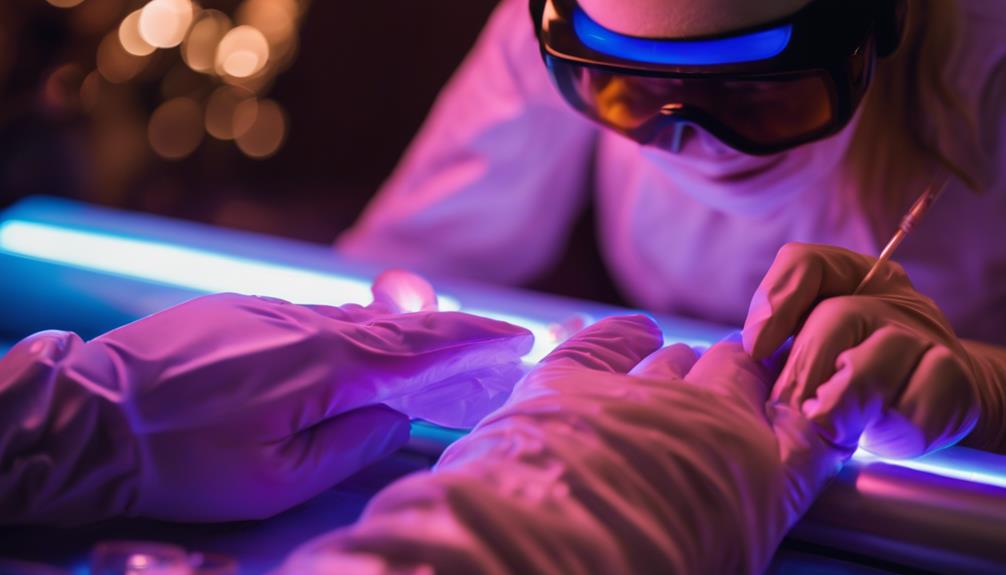
To ensure the well-being of both nail technicians and clients, careful attention to health and safety considerations is paramount when utilizing gel nail enhancements.
- Proper Ventilation: Adequate ventilation is essential to minimize exposure to fumes and dust particles that may arise during the gel nail application process.
- Skin Protection: Both technicians and clients should use appropriate barrier methods such as gloves or skin protectants to prevent skin irritation or allergic reactions.
- Product Quality: Using high-quality gel products that meet industry standards can help reduce the risk of adverse skin reactions or damage to natural nails.
- UV/LED Exposure: Limiting exposure to UV or LED light sources is crucial to prevent potential skin damage, so using protective shields or gloves is recommended.
- Sanitization: Maintaining strict sanitization protocols for tools and equipment helps prevent the spread of infections and ensures a clean environment for nail services.
Cost Analysis: UV Vs LED
In comparing the costs associated with gel nail enhancements, the choice between UV and LED light sources plays a significant role in determining the overall expenses for nail technicians and salon owners. While LED lights tend to have a higher initial cost compared to UV lights, they are more energy-efficient and have a longer lifespan, which can result in cost savings over time. On the other hand, UV lights are generally less expensive upfront but consume more energy and may require more frequent replacements, leading to higher long-term expenses.
| Cost Aspect | UV Light | LED Light |
|---|---|---|
| Initial Cost | Lower | Higher |
| Energy Efficiency | Less efficient | More efficient |
| Lifespan | Shorter | Longer |
When considering the cost analysis between UV and LED lights for gel nail enhancements, it is essential to weigh the initial investment against long-term operational expenses to make an informed decision that aligns with the financial goals of the salon or nail technician.
Environmental Impact: UV Vs LED

Considering the cost implications of UV and LED lights for gel nail enhancements, the discussion now shifts towards evaluating their environmental impact. Both UV and LED lights have different environmental footprints due to their energy consumption and production processes. Here are some key points to consider:
- Energy Efficiency: LED lights are more energy-efficient than UV lights, consuming less power and reducing overall energy usage.
- Longevity: LED lights have a longer lifespan than UV lights, resulting in less frequent replacements and lower waste generation.
- Toxic Materials: UV lights may contain mercury, a hazardous material, while LED lights are mercury-free, making them safer for the environment.
- Waste Generation: UV lights may generate more waste due to their shorter lifespan and hazardous materials, contributing to landfill pollution.
- Carbon Footprint: LED lights have a lower carbon footprint than UV lights, as they consume less energy and have a more eco-friendly production process.
These factors highlight the importance of considering the environmental impact when choosing between UV and LED lights for gel nail applications.
Conclusion: Choosing the Right Option
Evaluating the environmental impact of UV and LED lights for gel nail applications reveals compelling reasons to consider LED lights as the more sustainable choice. LED lights are energy-efficient, consuming less power than UV lights and producing minimal heat during the curing process, reducing energy consumption and potential skin risks. Additionally, LED lights have a longer lifespan and do not contain harmful mercury, making them eco-friendlier alternatives.
Choosing LED lights over UV lights not only aligns with environmentally conscious practices but also offers practical benefits. LED lights cure gel nails faster, saving time for both nail technicians and clients. Their consistent light output leads to more reliable curing results, ensuring long-lasting and durable gel nail enhancements. Furthermore, LED lights are compact, portable, and do not require warm-up time, enhancing convenience and efficiency in nail salons.
Frequently Asked Questions
Can UV or LED Gel Nails Cause Allergic Reactions?
UV or LED gel nails can potentially cause allergic reactions due to the chemicals used in the products. It is recommended to perform a patch test before application and consult with a dermatologist if any adverse reactions occur.
Are There Any Special Removal Steps for UV Gel Nails?
For optimal removal of UV gel nails, a key step is to gently file the shiny layer before soaking nails in acetone. This process helps break down the gel, making removal easier and preserving the health of nails.
Do UV or LED Gel Nails Require Specific Maintenance?
Maintaining UV or LED gel nails demands consistent care to preserve their longevity and appearance. Regular upkeep includes avoiding harsh chemicals, moisturizing cuticles, and scheduling timely touch-ups for a flawless and enduring manicure.
Can UV or LED Gel Nails Damage the Natural Nail Bed?
While both UV and LED gel nails may damage the natural nail bed if not applied or removed properly, following recommended techniques and ensuring proper maintenance can minimize potential harm and promote nail health.
Are There Any Restrictions on Using UV or LED Gel Nails During Pregnancy?
When considering the use of UV or LED gel nails during pregnancy, it is essential to consult with a healthcare provider. Some may advise caution due to potential exposure risks. Safety should always be prioritized.


